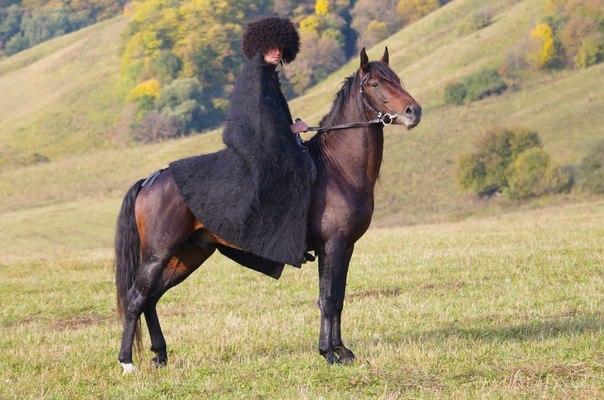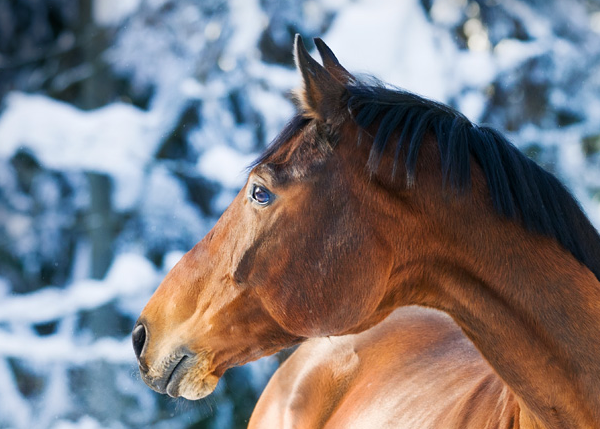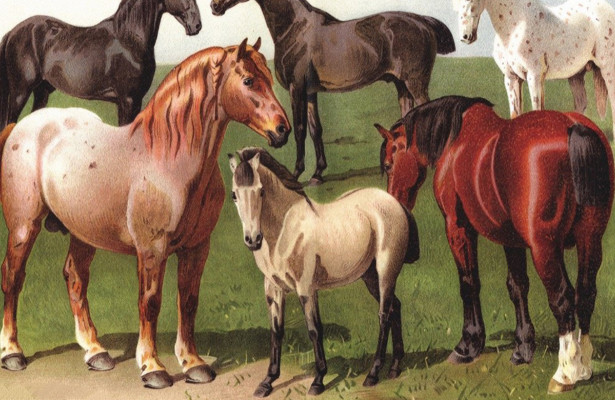Budennovskaya breed of horses
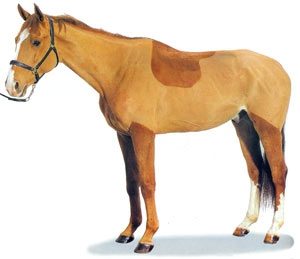 A relatively young breed was bred as a result of crossbreeding of Don and Black Sea mares with thoroughbred horse stallions (the Black Sea breed was used by the Cossacks who settled in the Kuban in the eighteenth century and was similar to the Don, but somewhat inferior to it in size and massiveness).
A relatively young breed was bred as a result of crossbreeding of Don and Black Sea mares with thoroughbred horse stallions (the Black Sea breed was used by the Cossacks who settled in the Kuban in the eighteenth century and was similar to the Don, but somewhat inferior to it in size and massiveness).
The aim of the selection was to create a good hardy cavalry horse. The center of the breeding program, conducted through careful selection, became the Rostov region. The best mares crossed with the best Anglo-Don stallions.
Mares were fed better and, which is unusual for Russian horse breeding of that time, were kept in stalls in winter, believing that mares would produce healthier offspring if they were not forced to spend energy so as not to freeze. Continue reading
Paso Fine
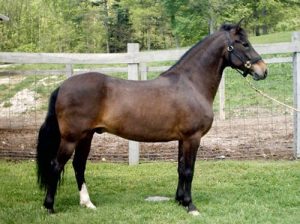 Paso Fino is a proud past and one of the oldest native breeds of the Western Hemisphere. The history of these noble animals began in Spain, where, thanks to crosses, some of the most beautiful breeds of the world appeared. The Moorish occupation of Spain brought with it a Barbary horse, also known as a barbarian horse, an animal that has a strong genetic effect on the formation of horse breeds in Europe, North Africa and the New World.
Paso Fino is a proud past and one of the oldest native breeds of the Western Hemisphere. The history of these noble animals began in Spain, where, thanks to crosses, some of the most beautiful breeds of the world appeared. The Moorish occupation of Spain brought with it a Barbary horse, also known as a barbarian horse, an animal that has a strong genetic effect on the formation of horse breeds in Europe, North Africa and the New World.
Story
Crossing with local horses allowed to get a breed of Spanish jennet, which has a soft smooth ride. Subsequently, they were crossed with the Andalusians. In 1492, Columbus discovered a continent on which there were no horses. Just as the Moors conquered Spain and brought their horses to the country, Columbus, on his second trip to the New World, delivered the first horses to Santo Domingo (now the Dominican Republic) – a group of mares and stallions from the provinces of Andalusia and Cordela. Continue reading
French sel
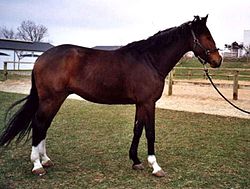 Creation and Development
Creation and Development
The history of the modern French seldom breed began in the 19th century in horse breeding areas of Normandy, where local and often rude Norman mares happened to have thoroughbred horse stallions imported from England, as well as English half-blood stallions and stallions of some of the most important Norfolk horse breeding lines. At that time, English half-blood stallions actually had obvious features and character of the Norfolk riding breed.
With their usual insight, the Norman horse breeders began to breed various types of horses that meet the requirements of the moment. They created two crosses. The first, Anglo-Norman, is divided into two main types – a draft cow and a riding horse; the second type was a frisky draft horse, which was bred specifically in order to satisfy the great demand for horses suitable for racing. Over time, the type of draft horse separated from the main breed and became a French trotter. Continue reading
American curly horse
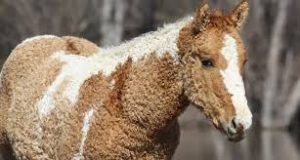 Folk selection
Folk selection
Enterprising farmers decided to cross caught mustangs with their own horses. Soon this initiative was supported by their neighbors. So in the selection process was attended not only the horse Morgan, a breed popular in those days, but even purebred Arabian horses.
Officially, the new breed was registered in 1971 under the name American Bashkir Curly Horse (American Curly Bashkir).
Currently, it allows many varieties. Only the presence of curly wavy hair is common.
American Curly Horse Photo
It has been documented that similar horses were among the Sioux and Crow Indians at the beginning of the 19th century. Presumably, they came to them from Russian settlers who allegedly brought Transbaikal curly horses (Bashkirs) to the American continent. Continue reading
Marvarian horse (part 1)
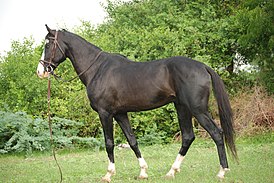 The Marwar horse (Marvari), or Malani, is a rare breed of horse from Marwar, a region in India. Known for its exotic ear shape. They are known for their stamina and are quite similar to kathiyavari, another Indian breed from Kathiyavar. Marwari came from crossing local Indian ponies with an Arabian horse, possibly with some influence from Mongolian horses.
The Marwar horse (Marvari), or Malani, is a rare breed of horse from Marwar, a region in India. Known for its exotic ear shape. They are known for their stamina and are quite similar to kathiyavari, another Indian breed from Kathiyavar. Marwari came from crossing local Indian ponies with an Arabian horse, possibly with some influence from Mongolian horses.
The Rathors, the traditional rulers of Marwar, were the first to start breeding Marwar. Starting from the 12th century, they strictly selected horses for breeding, which contributed to the purity of blood and endurance. Used throughout history as the cavalry horses of the Marwar people, they have been noted as loyal and brave in battle. The breed deteriorated in the 1930s when poor management practices led to a reduction in livestock numbers, but today they have been restored again. Marvari was banned for decades, but between 2000 and 2006 a small amount was allowed. An exception was made for the American Francesca Kelly, who became the organizer of the Indigenous Horse Society of India [1]. Since 2008, visas allowing the exit of the marvari outside of India have been available in small quantities. Continue reading
